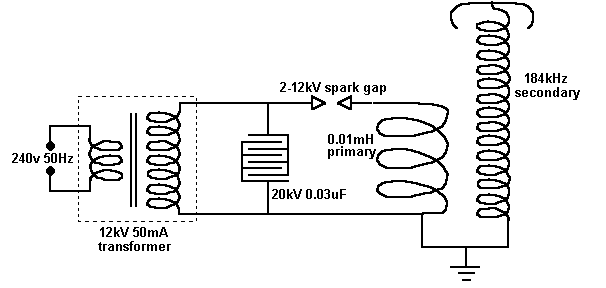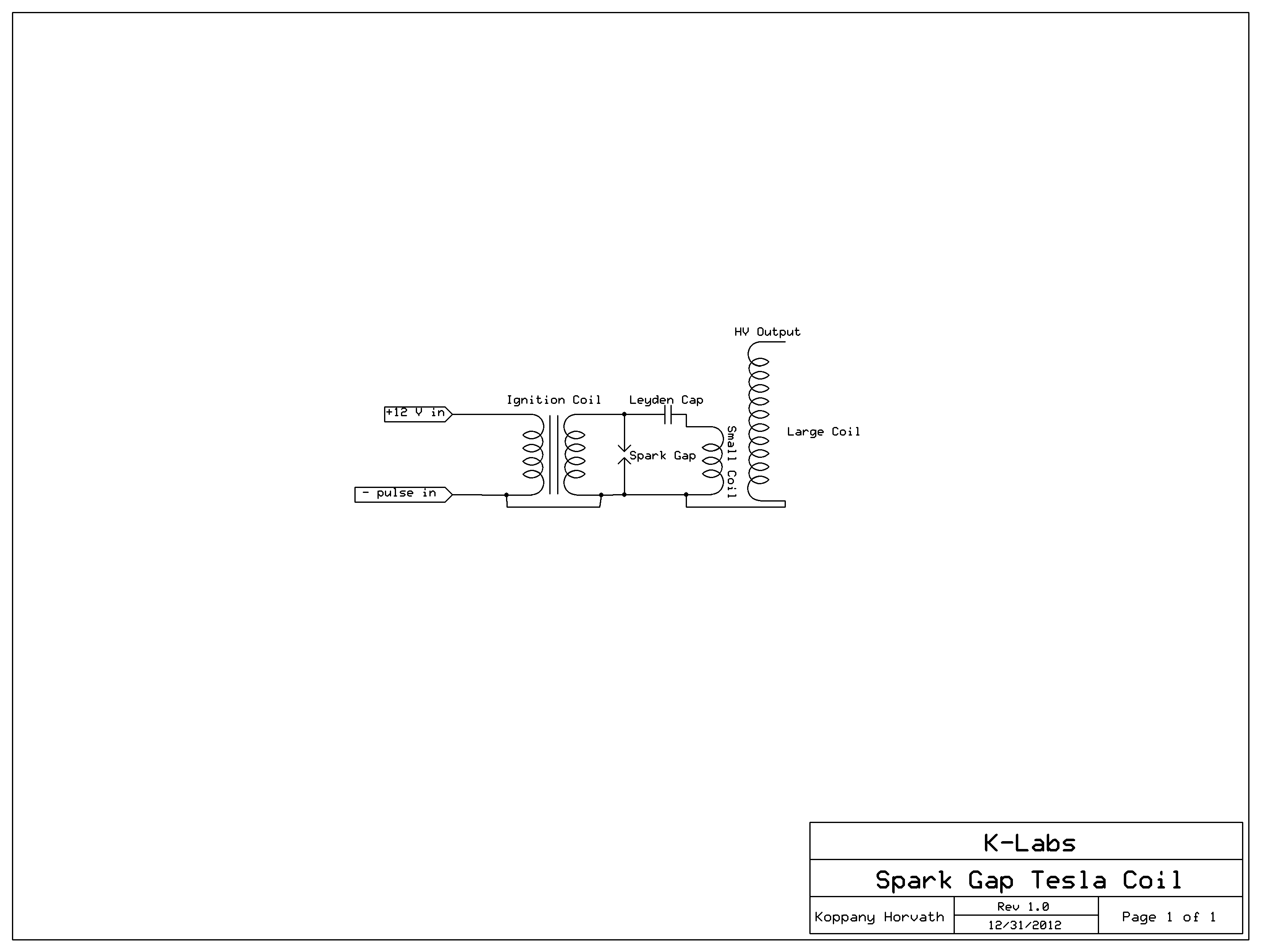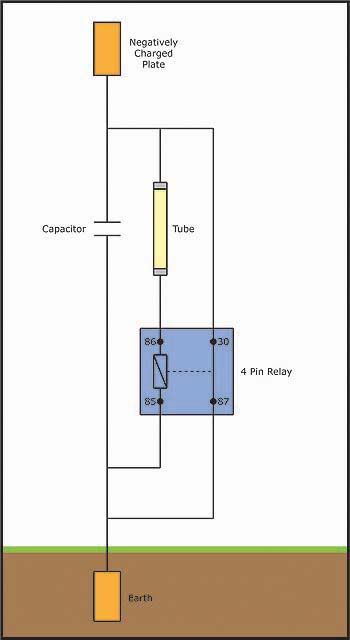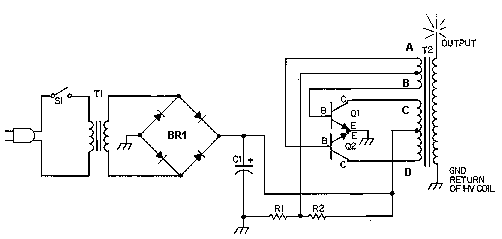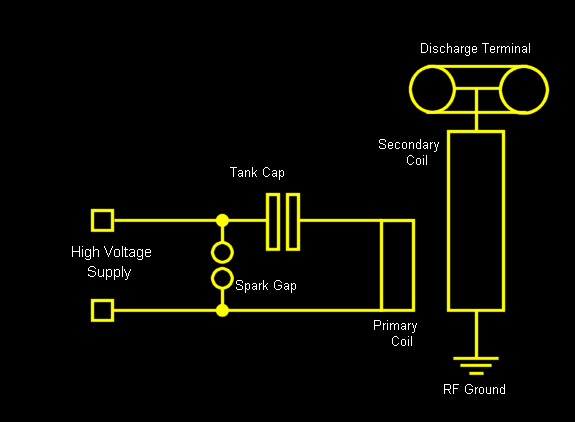
Tesla Coils
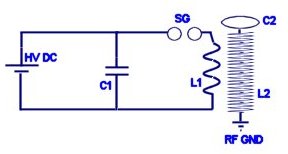
The history of Nikola Tesla and Tesla Coils, how a Tesla Coil works, and an example of a homemade Tesla Coil. The homemade DIY Tesla Coil is battery-operated and has a gas plasma discharge terminal. Arcs can be made to resemble a double helix. High voltage capacitors, high voltage diodes, and high voltage transformers are used.
The Tesla Coil, invented by Nikola Tesla in the late 19th century, is a resonant transformer circuit that produces high-voltage, low-current, high-frequency alternating current electricity. The primary function of a Tesla Coil is to generate electrical discharges that can create spectacular visual effects, such as arcs and plasma discharges.
A typical Tesla Coil consists of two main components: a primary coil and a secondary coil. The primary coil is connected to a power source, which charges a capacitor. Once the capacitor reaches a certain voltage, it discharges through the primary coil, creating a magnetic field. This rapid change in magnetic field induces a high voltage in the secondary coil due to electromagnetic induction. The result is a high-voltage output that can produce impressive electrical arcs.
In the case of a homemade Tesla Coil, it can be designed to operate on battery power, making it more portable and easier to manage. The inclusion of a gas plasma discharge terminal allows for the creation of visually striking arcs, which can be manipulated to form shapes such as a double helix. This is achieved by adjusting the geometry of the discharge terminal and tuning the Tesla Coil to resonate at specific frequencies.
Key components in the construction of a DIY Tesla Coil include high voltage capacitors, which store the electrical energy before it is discharged; high voltage diodes, which rectify the current to prevent backflow; and high voltage transformers, which step up the voltage to the necessary levels for operation. Proper safety precautions must be taken when working with high voltages to prevent electrical hazards.
Overall, the Tesla Coil remains a fascinating subject in the field of electrical engineering, showcasing the principles of electromagnetism and resonant circuits while providing a platform for experimental projects and educational demonstrations.History of Nikola Tesla and Tesla Coils, how a tesla coil works, and an example of a homemade TC. The homemade diy tesla coil is battery operated, and has a gas plasma discharge terminal., Arcs can be made to resemble a double helix. High voltage capacitors, high voltage diodes, high voltage transformers.. 🔗 External reference
The Tesla Coil, invented by Nikola Tesla in the late 19th century, is a resonant transformer circuit that produces high-voltage, low-current, high-frequency alternating current electricity. The primary function of a Tesla Coil is to generate electrical discharges that can create spectacular visual effects, such as arcs and plasma discharges.
A typical Tesla Coil consists of two main components: a primary coil and a secondary coil. The primary coil is connected to a power source, which charges a capacitor. Once the capacitor reaches a certain voltage, it discharges through the primary coil, creating a magnetic field. This rapid change in magnetic field induces a high voltage in the secondary coil due to electromagnetic induction. The result is a high-voltage output that can produce impressive electrical arcs.
In the case of a homemade Tesla Coil, it can be designed to operate on battery power, making it more portable and easier to manage. The inclusion of a gas plasma discharge terminal allows for the creation of visually striking arcs, which can be manipulated to form shapes such as a double helix. This is achieved by adjusting the geometry of the discharge terminal and tuning the Tesla Coil to resonate at specific frequencies.
Key components in the construction of a DIY Tesla Coil include high voltage capacitors, which store the electrical energy before it is discharged; high voltage diodes, which rectify the current to prevent backflow; and high voltage transformers, which step up the voltage to the necessary levels for operation. Proper safety precautions must be taken when working with high voltages to prevent electrical hazards.
Overall, the Tesla Coil remains a fascinating subject in the field of electrical engineering, showcasing the principles of electromagnetism and resonant circuits while providing a platform for experimental projects and educational demonstrations.History of Nikola Tesla and Tesla Coils, how a tesla coil works, and an example of a homemade TC. The homemade diy tesla coil is battery operated, and has a gas plasma discharge terminal., Arcs can be made to resemble a double helix. High voltage capacitors, high voltage diodes, high voltage transformers.. 🔗 External reference
